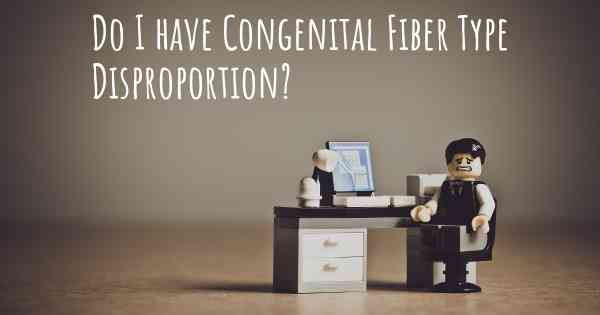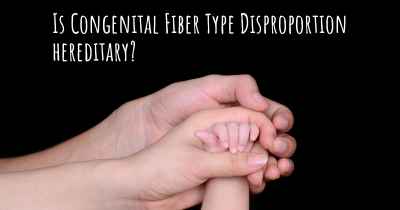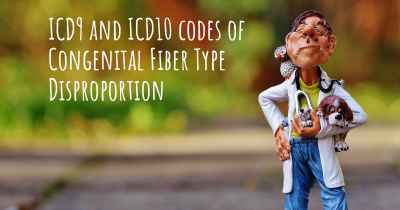How do I know if I have Congenital Fiber Type Disproportion?
What signs or symptoms may make you suspect you may have Congenital Fiber Type Disproportion. People who have experience in Congenital Fiber Type Disproportion offer advice of what things may make you suspicious and which doctor you should go to to receive treatment

Congenital Fiber Type Disproportion (CFTD) is a rare genetic muscle disorder that affects the structure and function of skeletal muscles. It is characterized by an imbalance in the size and composition of muscle fibers, with type 1 fibers being smaller and less developed compared to type 2 fibers.
Symptoms:
The symptoms of CFTD can vary widely among individuals. Some common signs include:
- Delayed motor milestones (such as sitting, crawling, or walking)
- Muscle weakness and fatigue
- Poor muscle tone (hypotonia)
- Joint contractures
- Respiratory difficulties
- Scoliosis
- Facial weakness
Diagnosis:
If you suspect you may have CFTD, it is important to consult with a healthcare professional who specializes in neuromuscular disorders. The diagnosis typically involves:
- Thorough medical history evaluation
- Physical examination to assess muscle strength, tone, and reflexes
- Electromyography (EMG) to measure electrical activity in muscles
- Muscle biopsy to examine the structure and composition of muscle fibers
- Genetic testing to identify specific gene mutations associated with CFTD
Treatment and Management:
Currently, there is no cure for CFTD, so treatment focuses on managing symptoms and improving quality of life. This may involve:
- Physical therapy to improve muscle strength, flexibility, and mobility
- Occupational therapy to enhance daily living skills and independence
- Respiratory support, if necessary
- Orthopedic interventions to address joint contractures or scoliosis
- Regular monitoring of respiratory function and cardiac health
- Genetic counseling for individuals and families
Prognosis:
The long-term outlook for individuals with CFTD varies depending on the severity of symptoms. While some individuals may experience mild muscle weakness and lead relatively normal lives, others may have more significant impairments that require ongoing medical care and support. It is important to work closely with healthcare professionals to develop an individualized treatment plan and optimize overall well-being.








